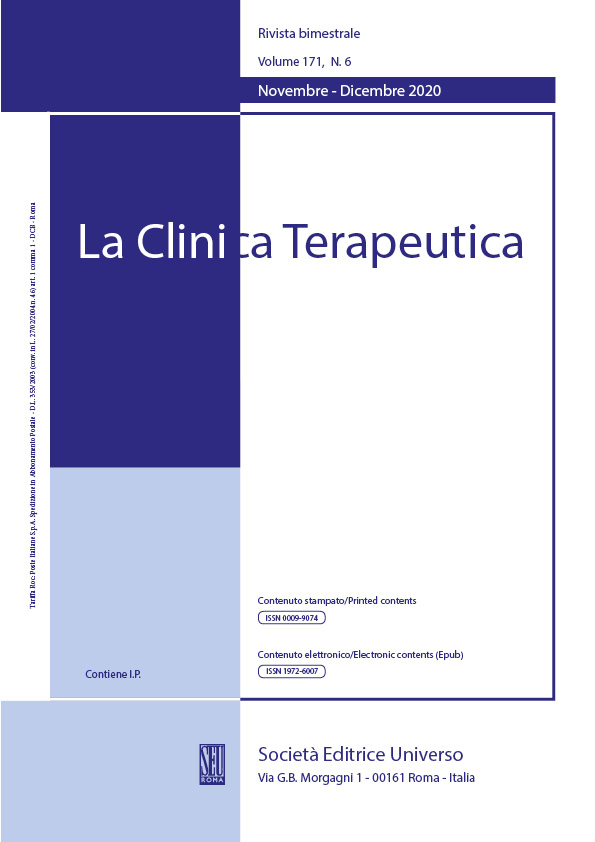Abstract
Purposes: This research aimed to evaluate the efficiency of using chemical-shift magnetic resonance imaging (MRI) to differentiate thymoma from non-thymoma in patients with myasthenia gravis (MG).
Methods: A total of 137 subjects were split into thymoma and non-thymoma groups. The qualitative parameters and the chemical-shift ratio (CSR) were compared between the two groups, using the Chi-square test and the Student’s t-test, respectively. Logistic regression was performed to investigate the significant factors associated with both the qualitative parameters and CSR values that can be used to predict thymoma. The discriminative capability of CSR was defined by the area under the receiver operating characteristic (ROC) curve (AUROC), which was used to compute an optimal cut-off point for thymoma distinction.
Results: Although significant differences between groups were identified by univariate analyses for most of the qualitative parameters, during the multivariate logistic regression, only CSR was significant for the distinction between two groups, with an odds ratio (OR) of 9.700 [95% confidence interval (CI): 1.874–50.200, p = 0.007). The CSR values for the thymoma and non-thymoma groups were 1.020 ± 0.073 and 0.604 ± 0.126, respectively. With an optimal cut-off point defined at 0.825, the AUROC of CSR was 0.982. When applying this cut-off point, the sensitivity and specificity of chemical-shift MRI for the detection of thymoma were 100% and 97.22%, respectively.
Conclusions: CSR values, calculated from chemical-shift MRI, was exceedingly valuable for distinguishing thymoma from non-thymoma in patients with MG.

